Measuring the Water Footprint
The water scarcity footprint of a product depends on two elements. First, the amount of fresh water (surface- and groundwater, not including rainwater or water pollution) that is used for the product in that particular region of production. And second, the relative water scarcity of the same respective region.
The Eaternity Water Footprint sets apart in that it explicitly includes the water stress of a region as a weighing factor for the amount of fresh water used. Water stress depends on the amount of water consumed in that region compared to the amount of water that is naturally provided by rainfall and other precipitation. Note, that the amount of consumed water is corrected for that some of the withdrawn water is returned to the water shed, e.g. after use for cooling in electricity production. Our datasets allow us to differentiate this water scarcity factor between 162 countries.
Globally, the water we consume comes from regions with an average water scarcity index of 0.51, which means that on average, we are consuming water under moderate to high water scarcity. However, the average person lives in an area with water scarcity of 0.32. This means that many products are transported from water scarce areas to areas with lower water scarcity.
For example, a tomato that is produced in Spain requires 44 times more irrigation water than in Switzerland. Because water in Spain is scarcer than in Switzerland, the scarcity footprint of an average Spanish tomato is 2400 times higher than an average Swiss tomato.
Depending on what food is consumed and where the food comes from, every country has a unique list of food products that are typically problematic and contribute most to the national water scarcity footprint. In Switzerland, the consumption of olives, nuts, chocolate, coffee, milk products, rice and beef contribute most to the Swiss national water scarcity footprint. It does not mean that we should avoid these products altogether, but that we should be more careful in their use and that it matters where these foods were produced.
Eaternity provides water scarcity footprint for a menu and its ingredients dependent on the fresh water footprint of the product in that region and the water scarcity of the region. The 5 drops display if the value is good compared to other menus.
















